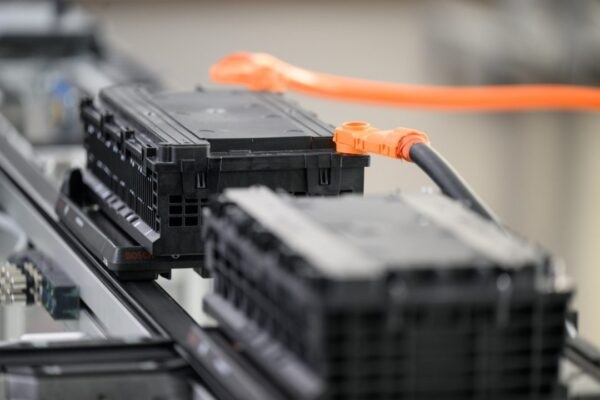As the world shifts towards sustainable energy, electric vehicles are becoming increasingly popular. However, as with any battery-operated device, the batteries in these vehicles will eventually need to be replaced. What happens to these batteries once they are no longer useful for their original purpose? This is where the concept of battery recycling and second-life use comes into play.
Battery Recycling
Battery recycling is the process of recovering materials from old batteries and reusing them in new products. This is an important process because batteries contain valuable materials such as lithium, cobalt, and nickel, which can be difficult and expensive to extract from the earth. Recycling these materials not only reduces the demand for new mining, but it also reduces the amount of waste that ends up in landfills.
The process of battery recycling typically involves several steps. First, the batteries are collected and sorted by chemistry. Then, they are dismantled and the components are crushed or shredded. After this, the materials are separated using various techniques such as sieving, magnetic separation, and flotation. Finally, the recovered materials can be used in new batteries or other products such as stainless steel, ceramics, and glass.
Second-Life Use
Another option for old electric vehicle batteries is second-life use. This involves repurposing the batteries for a different application after they are no longer suitable for use in a vehicle. For example, they could be used to store energy from solar panels or wind turbines, providing a renewable energy source even when the sun isn’t shining or the wind isn’t blowing. They could also be used as backup power supplies for homes or businesses.
One advantage of second-life use is that it extends the lifespan of the batteries, reducing the need for recycling or disposal. It also provides a more sustainable and cost-effective solution for energy storage compared to traditional batteries. However, there are challenges to implementing second-life use, such as determining the optimal time to repurpose the batteries and ensuring that they are still safe and reliable.
The Future of Battery Recycling and Second-Life Use

The potential for battery recycling and second-life use is enormous. As the number of electric vehicles on the road increases, so too will the number of batteries that need to be replaced. Finding sustainable solutions for these batteries will be crucial for reducing waste and minimizing the environmental impact of the electric vehicle industry.
In addition to recycling and second-life use, other innovations in battery technology are also being developed. For example, researchers are working on improving battery design to make them easier to recycle and more sustainable. They are also exploring new materials and manufacturing techniques that could make batteries even more efficient and environmentally friendly.
Battery recycling and second-life use are important concepts for the sustainable future of the electric vehicle industry. By recovering valuable materials and repurposing old batteries, we can reduce waste and minimize the environmental impact of this growing industry. As technology continues to improve, we can look forward to even more innovative solutions for battery recycling and second-life use.






More Stories
The Challenges of Electric Vehicle Adoption in Rural Areas
Breaking Down the Costs: Is Owning an E-Vehicle Cheaper in the Long Run?
The Role of Fast Charging Networks in the Growth of E-Vehicles